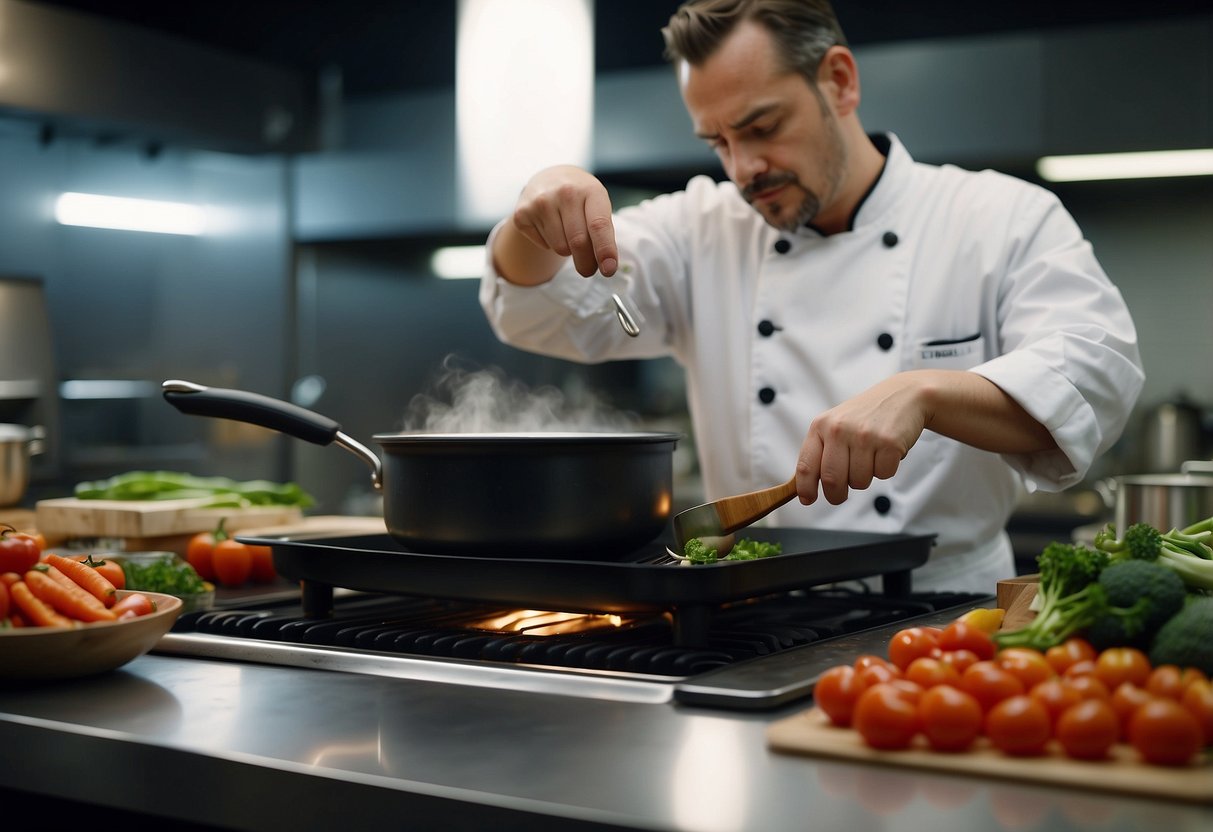Healthy Eating on a Budget: Smart Tips and Delicious Recipes
Budget Breakfast Ideas
Oatmeal is a versatile and inexpensive breakfast staple. Made with rolled oats, water or milk, and optional toppings like fruits or nuts, it’s both nutritious and filling. Another option is scrambled eggs, which can be paired with vegetables and a slice of whole-grain toast.
Smoothies also make an excellent choice. Using frozen fruits rather than fresh keeps costs down while still providing essential vitamins and minerals. Add some spinach or kale for an extra nutrient boost without significantly altering the taste. Greek yogurt or nut butters can add protein and healthy fats.
Inexpensive Lunch Recipes
Vegetable stir-fry is an excellent lunchtime meal. Using seasonal vegetables and a simple soy sauce-based dressing, it can be served over brown rice or whole grains. Beans and legumes also offer affordable sources of protein.
Lentil soup is both hearty and budget-friendly. Simmering lentils with carrots, onions, garlic, and a dash of seasoning creates a simple yet satisfying dish. Preparing salads with a variety of vegetables, grains, and beans can offer a nutrient-dense meal at minimal cost.
Dinner Meals That Save Money
Chili made with beans and ground turkey is an affordable, nutritious option. Using canned beans, tomatoes, and simple spices, it yields a large amount of food for little cost. Another viable option is baked chicken thighs, which are more affordable than chicken breasts.
Pairing these with roasted vegetables and quinoa or brown rice offers a balanced meal. Pasta with tomato sauce made from canned tomatoes, garlic, and herbs can be both economical and delicious. Including vegetables or beans to enhance the dish can increase its nutritional value while keeping costs low.
Cooking Techniques to Reduce Costs

Using certain cooking techniques can help in reducing meal expenses.
Batch cooking is a practical approach. By preparing large quantities of meals at once, it is possible to save on ingredients and energy costs. Meals can be portioned and frozen for later use, ensuring that nothing goes to waste.
Embracing the slow cooker can also be beneficial. Slow cookers are energy-efficient and allow for the use of cheaper cuts of meat. These cuts become tender and flavorful after long, slow cooking.
Incorporating more plant-based meals into the diet can further cut costs. Legumes, grains, and seasonal vegetables are often cheaper and can be used in various recipes. Simple dishes like soups, stews, and stir-fries can be both nutritious and economical.
Stir-frying is another efficient technique. It requires minimal oil and short cooking times, which helps in preserving nutrients and reducing energy usage. Using a variety of vegetables with small amounts of meat can create balanced, cost-effective meals.
Making use of leftovers creatively can also save money. Ingredients from one meal can be repurposed into another, such as turning roast chicken into soup or sandwiches. This minimizes waste and stretches food budgets further.
Lastly, investing in basic kitchen skills like proper knife techniques can reduce waste. Slicing vegetables and meat efficiently ensures maximum yield from each ingredient, cutting down on food costs.



